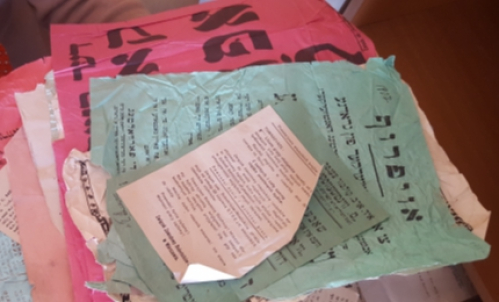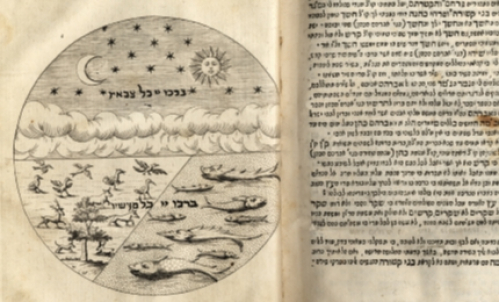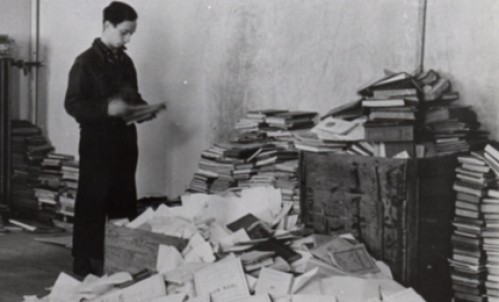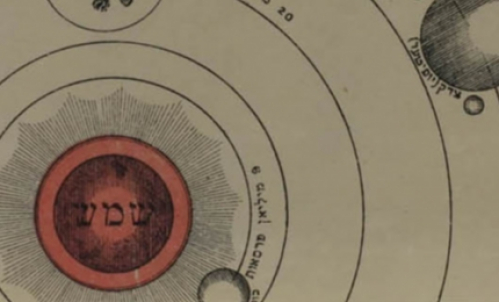Modern Hebrew Literature as a Product of Communal Conflict
by ROBERTA NEWMAN
The book that many regard as the first Hebrew novel was a satirical work by an adherent of the Haskalah, written in an environment tense with intra-communal strife.
In the early 19th century, Hasidism (at the time still a new, upstart trend in Judaism) was spreading throughout Eastern Europe. Nowhere was this more the case than in Galicia, in parts of present day Poland and Ukraine that were then under the rule of the Austro-Hungarian Empire. The growth of Hasidism was not welcomed by many mainstream traditional Jews or by another group of upstarts, the maskilim, adherents of the Haskalah, a movement to modernize Jewish life.
In this atmosphere, Yosef Perl, an educator who had recently established a modern Jewish school in Tarnopol, penned a satire of Hasidism, which he regarded as spreading ignorance and superstition. Perl and other maskilim saw the movement, which included the veneration of wonder-working tsadikim (masters), as both a dangerous departure from traditional Judaism and a threat to their program of uplift and civic enfranchisement of the Jewish masses through modern education.
Megaleh temirin (The Revealer of Secrets), published under the pseudonym “Ovadyah ben Petaḥyah,” was published in Vienna in 1819. This work of fiction is in the form of letters exchanged between a number of bumbling Hasidim who are seeking to locate and destroy a book that denounced them to the authorities (actually, an earlier anti-Hasidic book by Perl!). The cast of entertaining characters include merchants, artisans, rabbis, maskilim, innkeepers, and farmers; Jews and non-Jews. It parodies the literary conventions of Hasidic stories about tsadikim.

It doesn’t appear that Megaleh temirin had much of an impact on the spread of Hasidism. But it did influence a generation of Jewish writers, who imitated its style in their own satirical works, a key genre in the rise of Hebrew literature.
This first edition copy of the Perl’s novel was digitized for the Edward Blank YIVO Vilna Collections Project and can be found in the YIVO Library in New York. The stamps on its title page reveal that it was owned by Chaim Leib Markon (a maskil, editor, and a member of a prominent Jewish family in Vilna) and later by the Strashun Public Library.
Roberta Newman is YIVO’s Director of Digital Initiatives.



